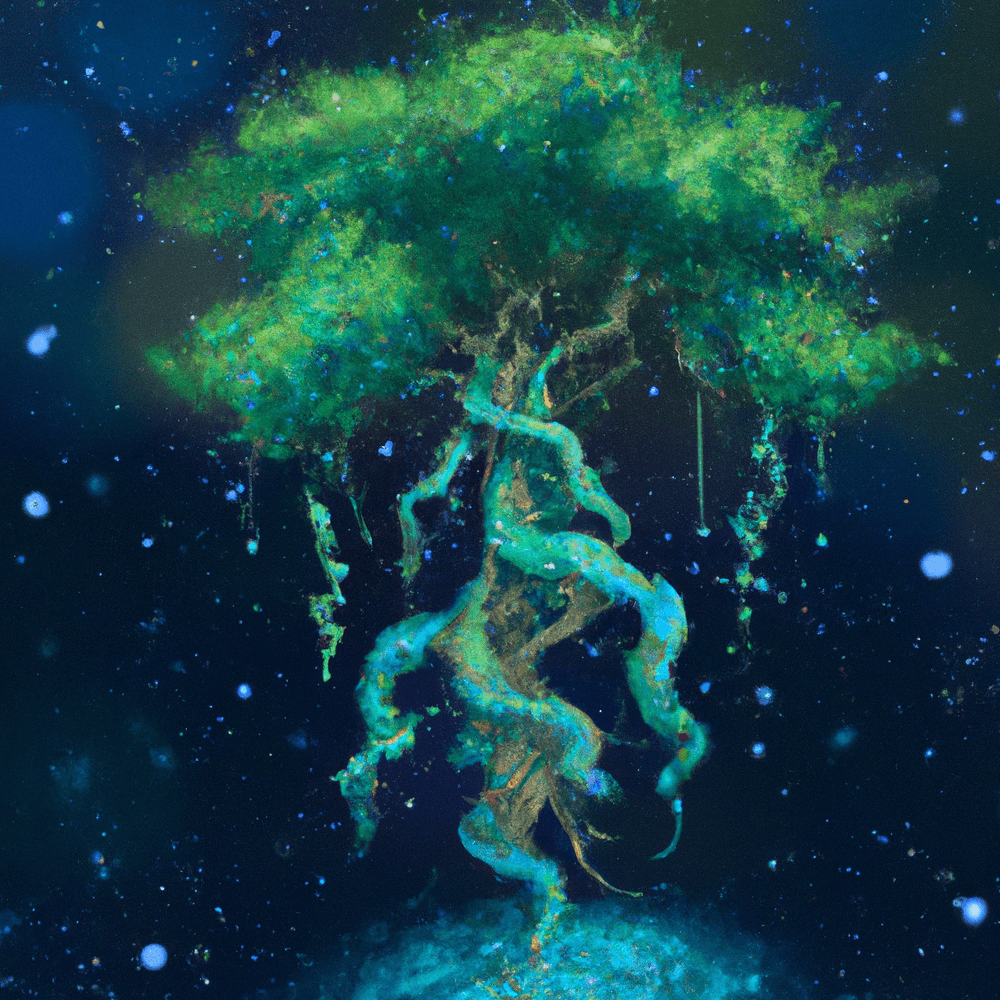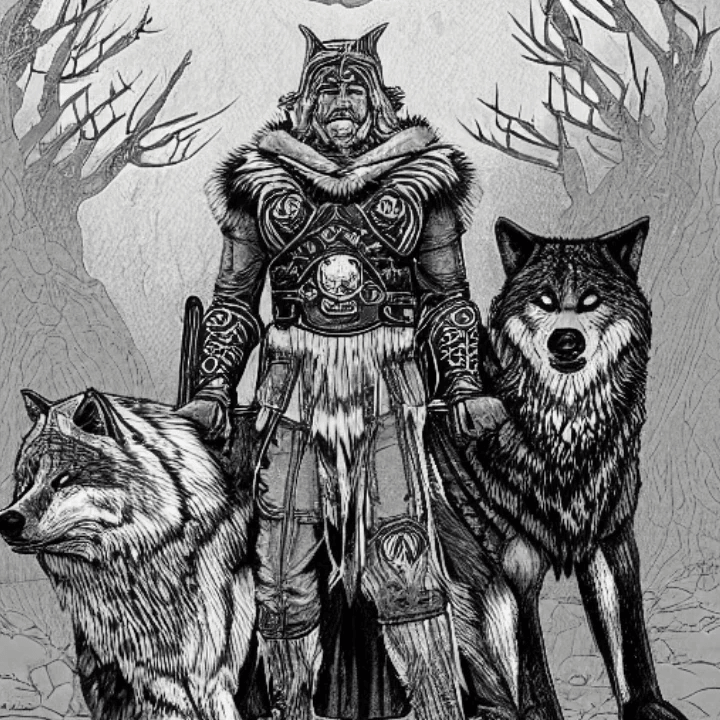The Mythology and Traditions of Ancient Norse Worship: Odin the Allfather
Odin, the Majestic Allfather, known also as Woden or Wotan, was the head deity in Norse mythology. Embodying wisdom, war, death, and magic, the ancient Norse people revered him as the epitome of divinity. Central to their religious beliefs and practices, Odin held a revered place in the hearts and minds of the Norse people. This exploration delves into the rich mythology and revered traditions surrounding the Allfather, Odin.

The Allfather's Saga
In Norse mythology, Odin was a multifaceted deity, revered as the Allfather and embodying the principles of wisdom, war, death, and magic. Born from the union of the giantess Bestla and the god Borr, Odin was a member of the Aesir gods who made their celestial home in Asgard.
One of the most revered tales of Odin concerns his quest for knowledge and wisdom. According to legend, Odin was driven by an insatiable thirst for understanding, a hunger that led him to make a remarkable sacrifice. He hung himself from the great cosmic tree Yggdrasil for nine long and arduous days and nights, offering himself as a living sacrifice to gain insight into the mystical symbols of Norse magic, the runes. Through this act of self-discipline and sacrifice, Odin earned the title of the god of wisdom and was said to be able to see and comprehend the future. The story of his sacrifice speaks to the immense value the Norse people placed on wisdom and knowledge and the lengths they believed one should go to attain it.
Another critical story of Odin concerns his role in the world's creation. Alongside his brothers Vili and Ve, Odin defeated the giant Ymir and used his body to form the earth. The trio then breathed life into the first humans, Ask and Embla, granting them the gifts of speech and intelligence. This act imbued the first humans with the ability to think, communicate, and create, allowing them to bring their own stories and civilizations into existence.
In addition to his role as the god of wisdom and creation, Odin was also known as the god of war. He was said to lead the charge in battles, riding his powerful eight-legged horse Sleipnir into the fray. He was often depicted as a one-eyed warrior, armed with his trusted spear named Gungnir, and was believed to have the power to determine the outcome of battles by casting his spear into the fight. The image of Odin as a fearless warrior, riding into battle on his magnificent steed, underscores the Norse people's admiration of the warrior spirit and their belief in the importance of strength and bravery in the face of danger.
The Worship of Odin in Ancient Norse Society
The veneration of Odin in ancient Norse society was a defining characteristic of the culture, embodying the deity's utmost importance in people's lives. Odin, the most distinguished among the gods and the leader of the Aesir gods, was revered for his wisdom, valor, and cunning. He was inseparably linked with death, sorcery, and the afterlife and was viewed as a symbol of power and wisdom for warriors and scholars.

One of the most striking manifestations of Odin worship was the offering of animal sacrifices. Warriors would make sacrifices to Odin before engaging in battle, seeking his protection and guidance. These offerings could take the form of horses, which the god held in sacred esteem, or other valuable possessions. The act of sacrifice was perceived as a means of appeasing the god and seeking his blessing.
In addition to animal sacrifices, food, and drink offerings were also customary. These offerings were frequently accompanied by prayers and hymns and were believed to bring the worshipers closer to the god. For instance, during feasts, it was customary to reserve the first portion of food and drink for Odin as a symbol of reverence and a request for the god's blessings.
Religious rituals were another critical facet of Odin worship. These rituals involved the chanting of runes and the recitation of prayers and hymns. They were believed to bring the worshipers closer to the god and enhance their chances of receiving his blessings and guidance. One such ritual was the recitation of the "Hávamál," a collection of Old Norse poems, which was believed to bring the worshipers closer to Odin and to endow them with his wisdom and knowledge.
Odin was also revered as a god of magic. His worship was often associated with the practice of seidr, a form of magic that involved manipulating the forces of nature. Seidr was considered a potent and dangerous form of magic and was only practiced by those initiated into the mysteries of Odin's worship. According to historical accounts, seidr was performed by individuals known as "seidr workers," who were believed to possess the capability to enter into a trance-like state and to commune with the spirits of the dead.
The Allfather's Legacy: The Enduring Impact of Odin's Worship in Norse Society
The worship of Odin, the Allfather, was central to Norse society, reflecting their beliefs and values. Through embodying wisdom, war, death, and magic, Odin was revered and worshipped through offerings, rituals, and magic. The story of his sacrifice and role in creation showcases the Norse love of knowledge, bravery, and the power of the human spirit. The Allfather's legacy remains, inspiring us to seek wisdom and courage to this day.


